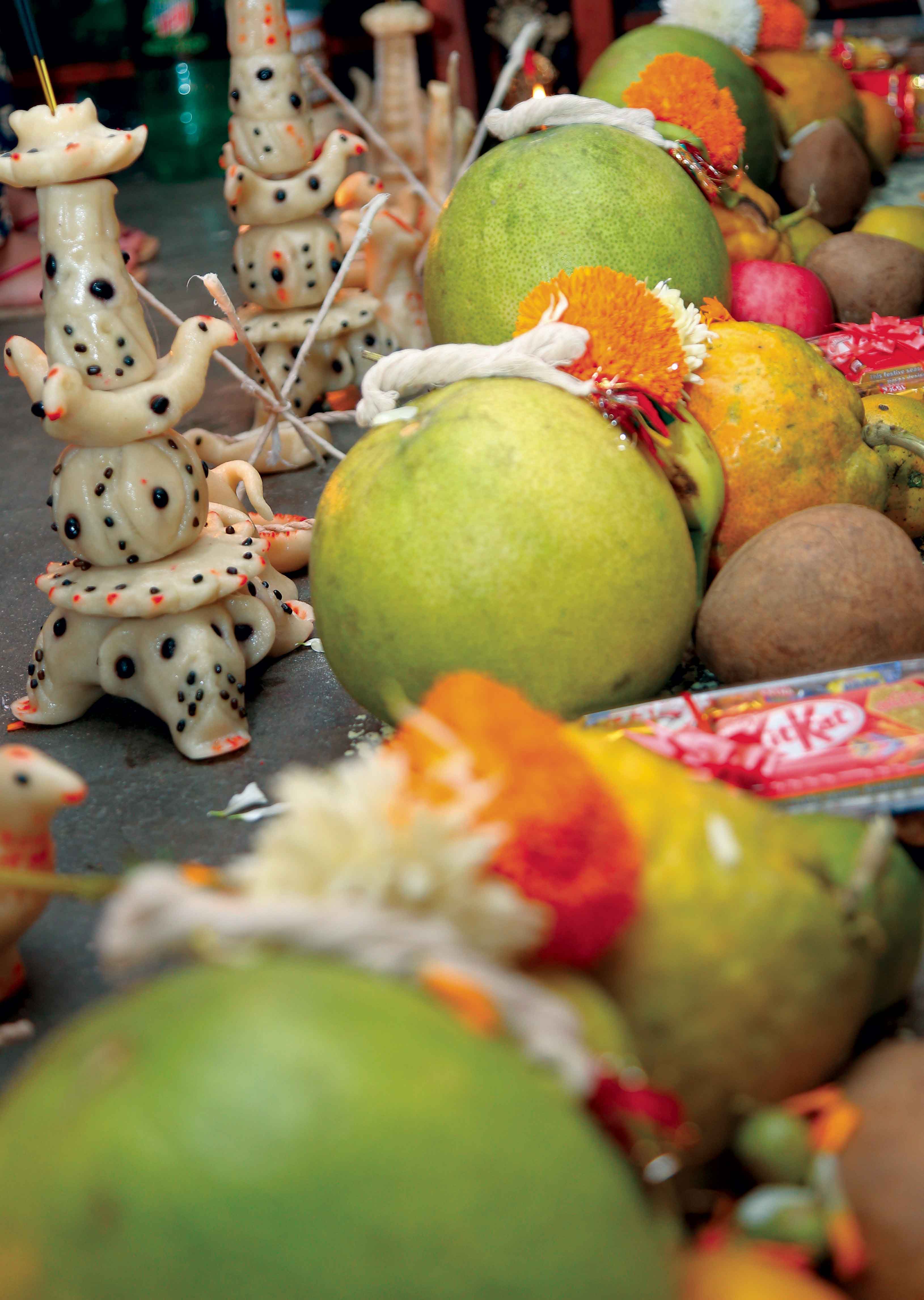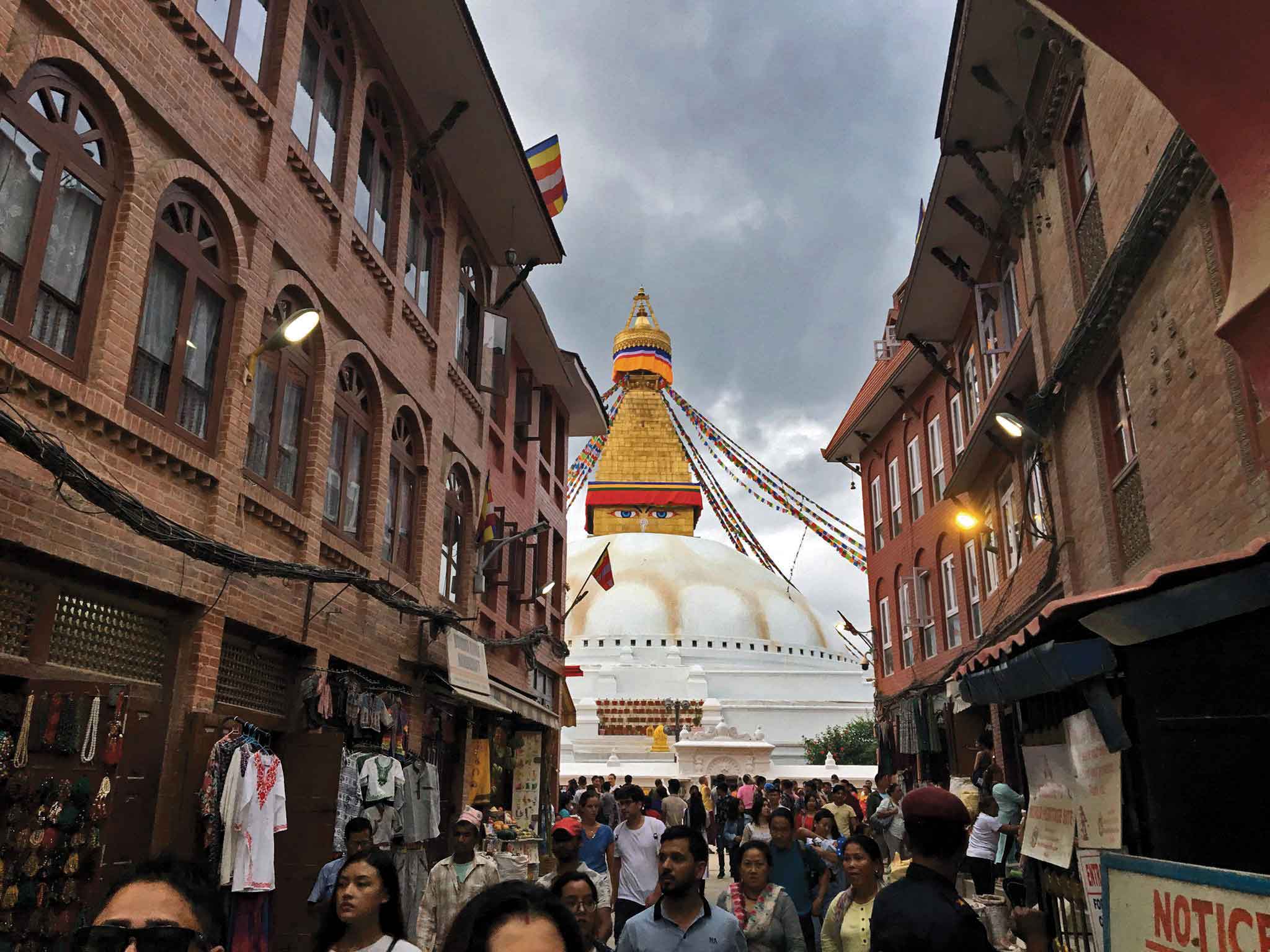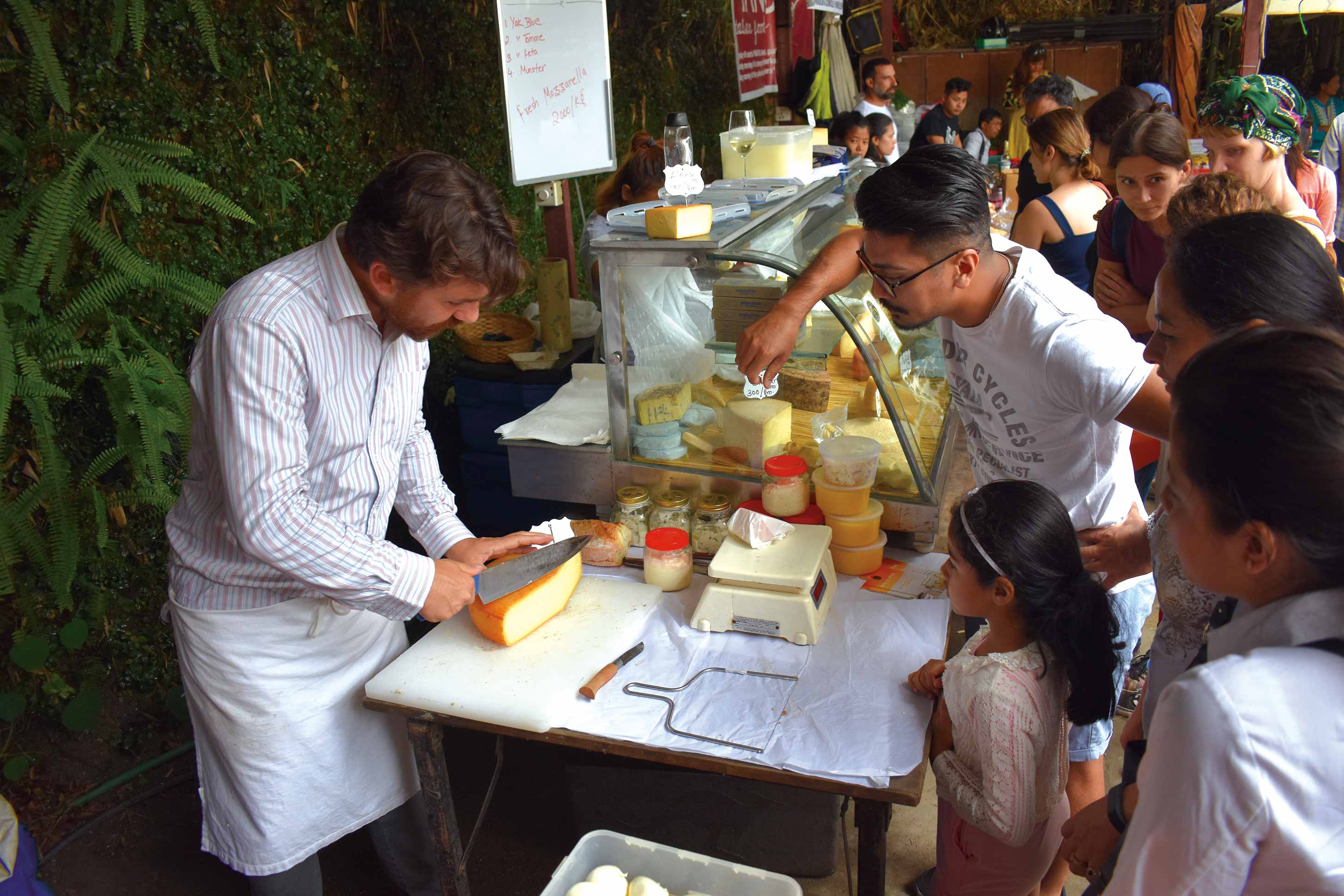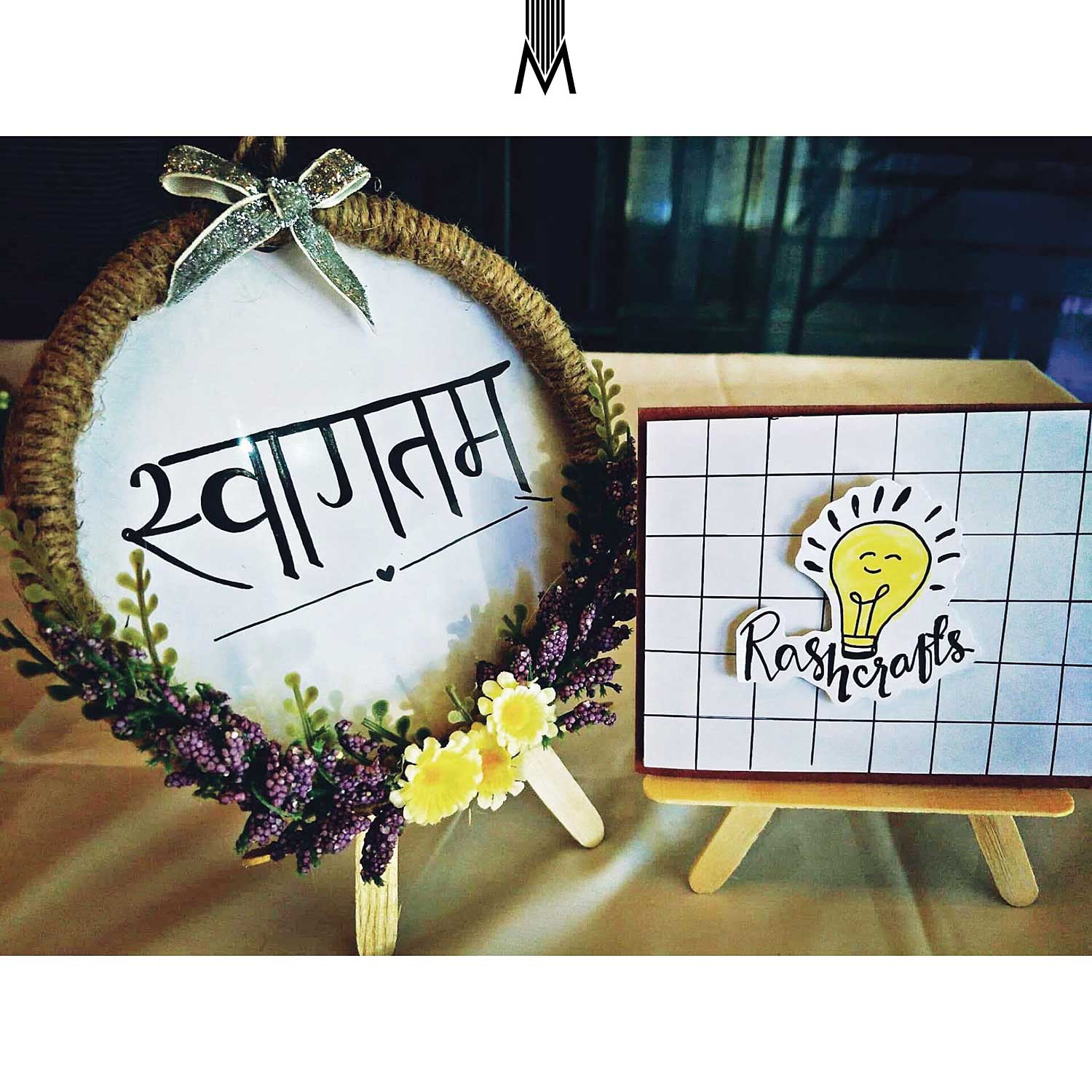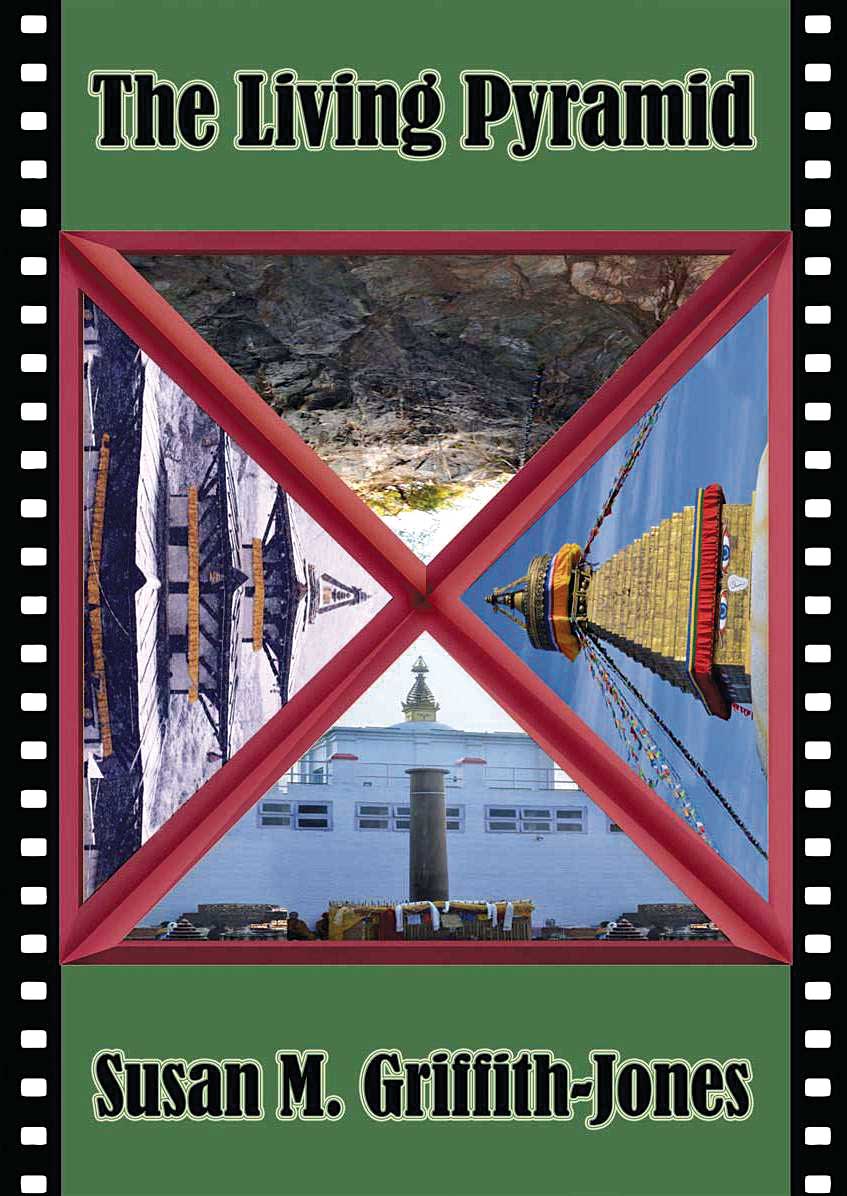He walks with a slight limp, and several of his fingers are shorn off, but 78-year-old mountaineer Kurt Diemberger is still seeking snowy peaks that have been his livelihood and source of pain at the same time.
 Visiting Nepal as a guest of honour at the Dhaulagiri’s Golden Jubilee Celebra-tions, marking the Austrian’s pioneering ascent to the summit of Mt. Dhaulagiri on May 13, 1960, Diemberger paid trib-ute to the mountain and the team that made it up the lofty heights with him.
Visiting Nepal as a guest of honour at the Dhaulagiri’s Golden Jubilee Celebra-tions, marking the Austrian’s pioneering ascent to the summit of Mt. Dhaulagiri on May 13, 1960, Diemberger paid trib-ute to the mountain and the team that made it up the lofty heights with him.
“Dhaulagiri is a real beautiful mountain. On one hand it’s like a castle, and on the other it’s mostly surrounded by clouds and looks like it’s floating,” he said.
Dhaulagiri, at 8,167m, stands north of central Nepal, and was considered the highest mountain in the world according to early scientifi c surveys in the 1800s.
While the successful summit attempt was claimed under the Swiss flag, Diemberger speaks of the team as an ‘international effort’.
Reaching the top on that historic day were Peter Diener and Albin Shcelbert, both Swiss, German Peter Diener, and Nepali sherpas Nyima Dorji and Nawang Dorji.
Hitting uncharted trails was a huge thrill for the younger Diemberger, prior to his Dhaulagiri attempt.
“It’s fascinating to know that you will reach a point in the world where nobody has ever been. Climbing a mountain for the absolute first time is very different, you will be the first human being to look around a corner,” he said.
Following his climb, the former Math-ematics professor went on to conquer other ‘Eight-Thousander’ peaks like Makalu and Everest in 1978, Gasherbrum II the following year, and K2 in 1986.
In his 40-years of climbing mountains all over the globe, Diemberger has only climbed Dhaulagiri once, and harbors no intention of revisiting the site of his early success.
“The fi rst ascent was good enough. I’m not going to climb a mountain twice unless I’m making a film, because I need several visits to know it better and the people who live in and around it,” he explained.
Diemberger, apart from being an accomplished mountaineer, expanded his repertoire with the unique ability to create high altitude films. He made the first film with synchronized sound on the Everest summit in 1978, and has since made films not only on mountain climbing but also on the mountain dwellers and their daily lives.
His former climbing partner, Julie Tullis, was a driving force behind many of his films.
Diemberger is pensive when talking about her. Tullis died near the summit of K2 in 1986, during a disastrous climb that claimed the lives of five of seven mountaineers. Diemberger escaped with his life, but lost several fingers and toes to frostbite.
“I think I would have done more films, but since my climbing partner died on K2, I haven’t done much filming because we were such a good team,” he reminisced.
The face of mountain climbing has changed signifi cantly since Diemberger was an amateur crystal hunter who inad-vertently fell in love with reaching summits at 16 years old.
Sitting at the lounge of the Hotel Yak & Yeti, the Austrian remembers a time when climbing was ‘easy, without so many rules’. As a student with little to no money, he borrowed his grandfather’s bicycle, cycled from his Austrian home to the Matterhorn in Switzerland to begin his climb.
“Now people can reach places much quicker, but also have less time. They say, ‘Oh, I want to climb this peak but I only have 3 weeks’,” he said.
The inherent problem in rushing a climb is the insufficient acclimatization that climbers’ today face with tighter schedules. According to Diemberger, an 8000m peak requires at least 3 weeks of acclimatization from base camp. Many climbers don’t ad-here to this, instead reaching for pills, which carry numerous side effects.
Despite his age and limp, the weath-ered climber is not putting his ice pick and ropes to rest just yet.
In 2005, at 73, he nearly conquered a 6000m mountain in the Andes, thwarted close to the summit by a heavy storm. Inclement weather prevented him from reaching the summit of another Andes mountain later in the same year.
“I can still make it up, but I need more time for acclimatization and make sure I don’t carry so much,” he said with a smile.
The Himalayan range remains his favorite place to climb mountains. He says the spirit of the people in this region is unchanged, unlike European mountain regions.
“Over the last 2 days, we had great feasts for Dhaulagiri’s 50 years. I felt honored and it was great to feel all this enthusiasm. Unfortunately, in Europe’s mountains the singing of mountain songs has gone.”
“Here, the people have so much enthusiasm, and there’s a joke every fi ve minutes,” he said.



